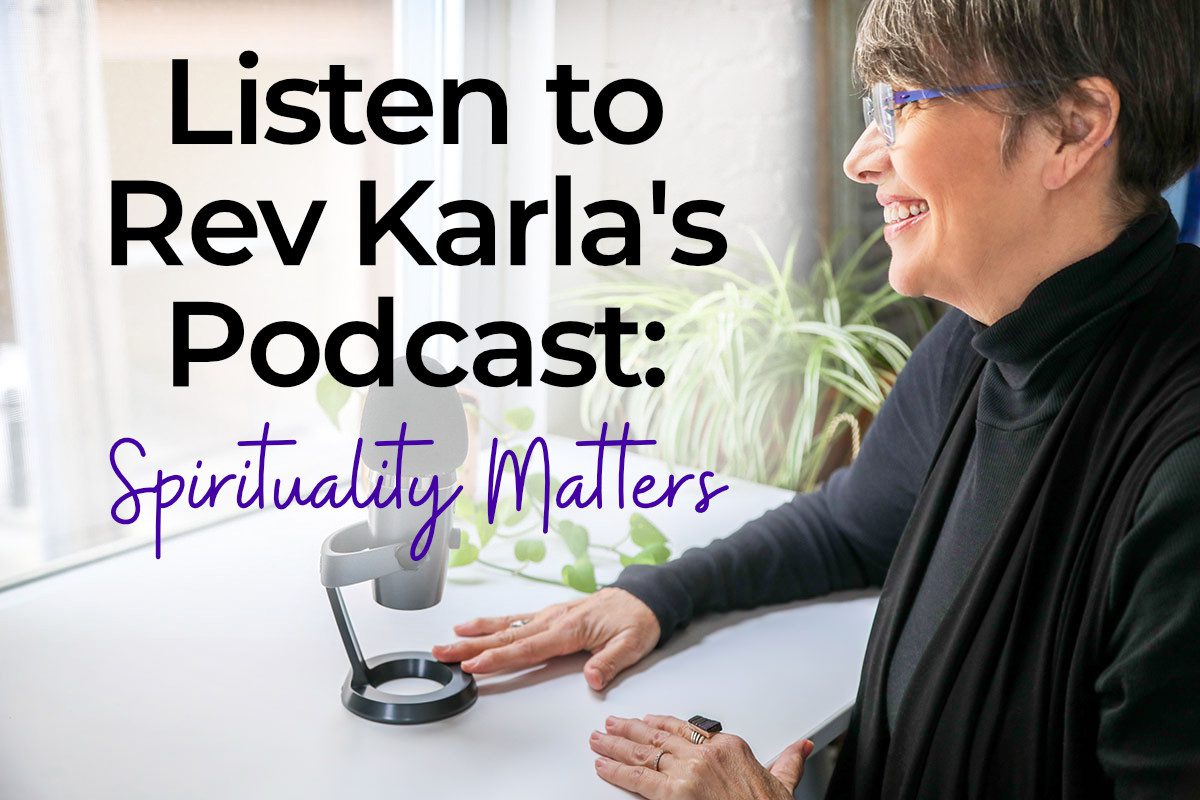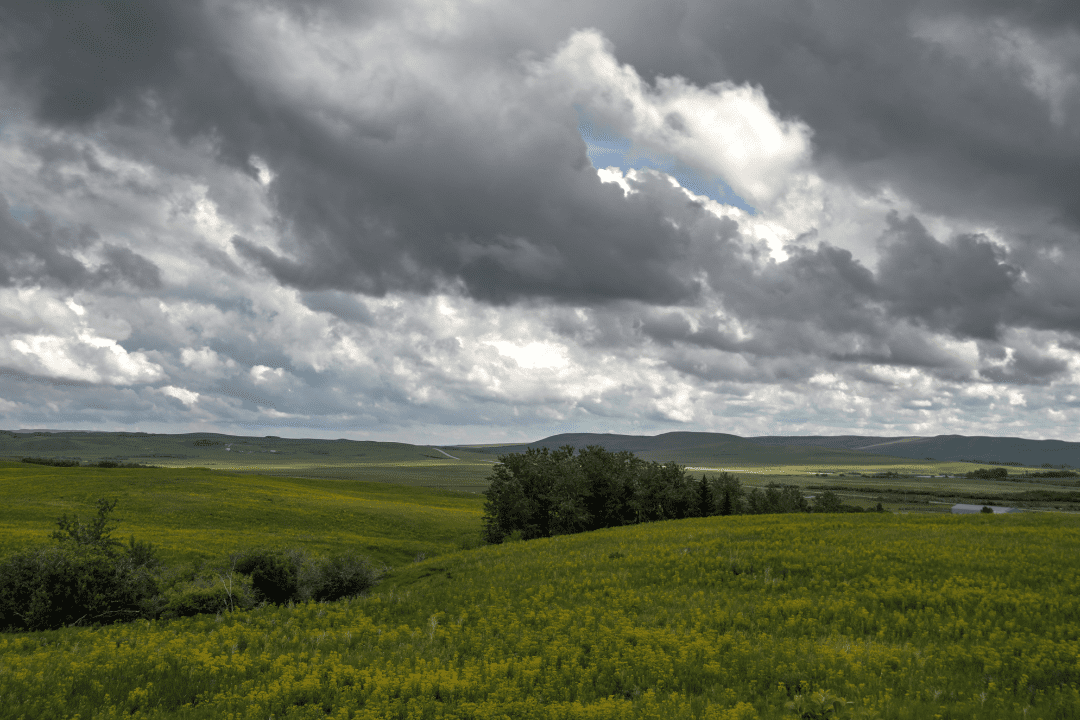
Whose Land Do You Stand Upon?
8 Ways to Blend Your Sacred Activism with Your Spirituality and Help Deconstruct Toxic Ideologies
As a child, I loved the fall.
It’s still my favorite time of the year. Perhaps it is because it holds my birthday month, but I also love the holidays and the changing of the seasons.
And I remember as if it were yesterday being handed my coloring paper fresh off the mimeograph. Its distinctive smell was too tempting, and I’d look around to see all my classmates inhaling the duplicator fluid that was composed of methanol and isopropanol.
Want to know what is wrong with children of the 60s? Well, someone should have stopped us from inhaling toxic chemicals!
Every November without fail, we’d be handed the papers that depicted the first Thanksgiving meal between the pilgrims and the Native Americans. We dutifully set to coloring those pages. If the teacher allowed, we were given artistic liberty with the colors we’d use for the corn and turkey.
It never occurred to any of us that the pictures set before us reflected little accuracy about the true history of Thanksgiving.
Why would we question those who gave us these coloring papers each year?
Remember, this was the 60s. A time when it was not only acceptable but expected to pray in school. A time when pictures of Mary and baby Jesus decorate the school walls at Christmas. A time when churches routinely came in to deliver baskets of goodies and invite us to vacation Bible school.
Want to know what religious patriarchal indoctrination looked like in the 60s? Well……….
While I can’t specifically recall teachings surrounding Thanksgiving and the colonization of this country, I do know that it was implied that the “good Indians” (as they were often called) were the ones who willingly helped the colonizers, enthusiastically gave up their rights to the land, and were exceedingly happy to have a bunch of white people who would now modernize the country and save them from ultimate disaster. After all, how in the world could those Indians survive without the brains and brutal raw strength of the white man?
Clearly, white people saved them from certain demise.
Anyone who thinks I’m exaggerating simply didn’t attend school in the 60s, so I ask you to please sit down.
This was how it was.
Every teaching and every element of instruction reflected the patriarchal values that were ingrained in our familial, religious and educational heritages. And even if we wanted to (and many of us were too ignorant to know what we didn’t know), we knew better than to push back against those values. Paddles hung in every classroom, and the teacher or principal boasted how many children he abused with his paddle by proudly displaying the chinks he carved into it each time he used it on a child.
The principal in my 4th grade year had chinks that covered the entire surface of his paddle. I was fortunate to never have experienced the pain it could inflict, but I heard that the chinks made the paddle more aerodynamic, and thus more painful.
Yeah, abused children talk about such things on the playground.
Fast forward to my active deconstructing years.
I say active deconstructing because I believe that something as simple as questioning elements of your patriarchal indoctrination hints at what lies beneath the surface of your inner truth. Children huddled together on the playground wondering why teachers seem to delight in the use of a paddle is a form of deconstructing. Enough of those questioning moments often lead to the active deconstructing phase—at least it did for me. It took many years to get there, but such is the power of those indoctrinations.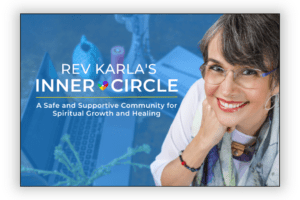
Want to know why it takes people who grew up in the 60s a long time to deconstruct from their patriarchal indoctrinations? The truth is, the indoctrinations are so influential and powerful, most of them never do.
I can point to many of the reasons I did—from abuse at the hands of relatives who should have been my protectors and guardians, to the misogyny prevalent in church every Sunday. I’ve shared many of these stories in other writings here and in my teachings, so I won’t dwell on them here.
All I know is that the peeling away of those indoctrinations left me vulnerable yet willing to discover the truth about everything that existed beyond my controlled education. The entry points for my deconstruction ranged from reading about Christianity through the writings of John Shelby Spong to studying American and British history. My dismantling of my whitewashed education happened quickly, as I soon learned the truth about not only our nation’s history but my religious heritage.
One of the first books we were required to read in our world religions courses was Religious Intolerance in America, which combined religion and American history into one textbook.
It’s a book about history.
A book about history—and I openly wept as I read it.
I mean sobbing crying, heaving over some of what I was reading.
The truth was staring me right in my face on each page. The cruelty that Native Americans experienced at the hands of colonizers was horrific. Native Americans have endured significant hardships, including violence, displacement, forced assimilation, and the destruction of their spiritual and cultural practices. These injustices have been perpetuated in the name of religious superiority and the pursuit of land and resources. European colonizers and early American settlers viewed Native Americans as obstacles to their religious and economic goals. This mindset contributed to the dehumanization and mistreatment of indigenous peoples.
What does God have to do with it?
The doctrine of “Manifest Destiny” played a significant role in justifying the abuse of Native Americans. It claimed that God had given Europeans the divine right to expand westward and conquer indigenous lands, leading to countless conflicts and displacements.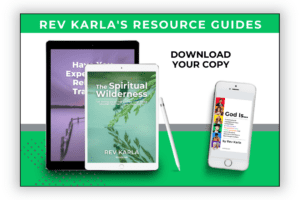 Many Native American tribes faced violence and massacres perpetrated by European settlers and later by the U.S. government. These acts of aggression aimed to eradicate Native American communities and their spiritual practices.
Many Native American tribes faced violence and massacres perpetrated by European settlers and later by the U.S. government. These acts of aggression aimed to eradicate Native American communities and their spiritual practices.
The abuse of Native Americans also extended to the denial of their religious freedom. The U.S. government imposed policies that banned indigenous spiritual practices and ceremonies, suppressing their connection to the land and their ancestral traditions.
And that’s just a few chapters of the book.
Something must change
Just as there are many paths to spirituality, there are many paths to deconstructing. My deconstructing path ripped the blinders off of me as I peeled away religious dogma, biased educational teachings and cultural beliefs that taught little white children that the color of our skin made us superior to others.
This level of deconstructing is intense but necessary for those of us who feel that our spirituality is intricately bound to our humanness. In order to create a more inclusive and just society, it is crucial to recognize the interconnectedness of activism and spirituality. By intertwining our inner growth and outer actions, we can create a powerful force for positive change. As we explore the significance of Native American Heritage Month and the importance of understanding the history of the land we inhabit, we unravel the roots of toxic patriarchal religious ideologies that perpetuate harmful narratives.
Activism and spirituality share a common thread—the pursuit of truth, justice, and collective well-being. Spirituality often guides us on a path of self-reflection, compassion, and empathy. Combining it with activism infuses our actions with intention, authenticity, and a profound sense of interconnectedness.
Here are 8 simple yet powerful ways to blend your sacred activism with your spirituality and help deconstruct toxic ideologies:
1. Mindful Action:
By incorporating mindfulness practices into our activism, such as meditation or deep breathing, we cultivate awareness and remain centered amidst challenges. To honor Native American Heritage Month, consider studying contemplative practices of Native Americans.
2. Engaged Dialogue:
Actively participating in constructive conversations with diverse perspectives fosters understanding, empathy, and unity among activists. Attend workshops or lectures, watch online videos and ask questions to learn and grow.
3. Rituals for Change:
Creating personal or group rituals that symbolize our commitment to activism and social change can strengthen our resolve and foster a sense of purpose. This is not an invitation to appropriate, but to be inspired by and learn about others’ rituals while you are strengthening your own rituals that you do in private. If you are concerned if a practice is a “closed” practice, do not be afraid to research it or ask someone with Native American heritage.
4. Sacred Activism:
Embracing the belief that our activism is a sacred duty allows us to approach social justice work with reverence, empathy, and love. Consider how you can continue to integrate sacred activism into elements of your lived experience.
5. Inner Work and Shadow Exploration:
Engaging in self-reflection, shadow work, and exploring our biases helps us become more aware of our blind spots and fosters personal growth alongside our activism. Our work to deconstruct and heal is never over. Make a life-long commitment to this work.
6. Artistic Expression:
Utilizing art, music, writing, or other creative mediums as vehicles for activism amplifies our message and engages people on a deeper emotional level. Listen to drumming or chanting sessions.
7. Community Building:
Activism and spirituality thrive in the presence of community. Building supportive networks and engaging in collective action creates an empowering and transformative environment.
8. Sustainability and Eco-Activism:
Recognizing our interconnectedness with the Earth and embracing eco-activism as part of our spiritual practice helps us promote environmental justice and stewardship. Research the challenges the Native Americans are facing on reservations and how you may be able to help.
Spirituality encompasses not only our beliefs and rituals but also our lived experiences. It calls us to actively engage with the world, advocating for justice, equity, and compassion. While salvation and the afterlife may be part of certain religious frameworks, a holistic approach to spirituality focuses on the interconnectedness of all beings and the importance of improving the human experience in the present.
By blending our activism with our spirituality, we create a transformative space where our inner growth influences our external actions, leading to meaningful change in the world around us.
November is Native American Heritage Month, Beloved.
Accept its invitation to learn.
Embrace its wisdom.
Receive the blessings this month offers us.
For it was just a heartbeat ago that the Trail of Tears stained this country’s sacred lands with the blood of Native Americans.
We are a part of the healing balm when we pause, remember, honor and reflect.
Happy Native American Heritage Month.
Blessed be.
Looking to further your healing journey? Rev Karla understands that everyone’s spiritual journey is unique and deeply personal, that is why we offer communities for those desiring a safe and supportive environment.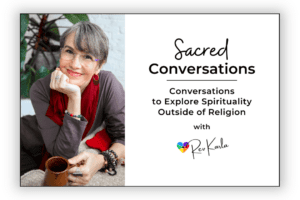 Engage with like-minded souls, and embark on a sacred journey of deconstruction, spiritual growth, and healing. Visit us online to join our private community on Facebook, join a program, or Live event that speaks to you.
Engage with like-minded souls, and embark on a sacred journey of deconstruction, spiritual growth, and healing. Visit us online to join our private community on Facebook, join a program, or Live event that speaks to you.

